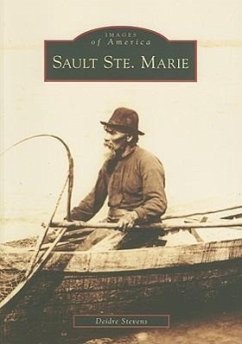Sault Ste. Marie was destined to be a gathering place. Native Americans relied on the rapids of the St. Mary's River, which links two Great Lakes, Superior and Huron, for a year-round supply of fish. Its population swelled in the summer--a tradition that continued as French traders came to turn in their pelts and celebrate the end of another long, hard winter. After the Revolutionary War, the Sault, as it is called, became a community divided on national lines, with the United States holding one shore and Canada the other. Eventually man conquered the rapids, and today the Soo Locks transport millions of tons of freight annually to ports all over the world. Tourists are drawn by the cool breezes off the lake and the sight of steel behemoths passing almost close enough to touch.








